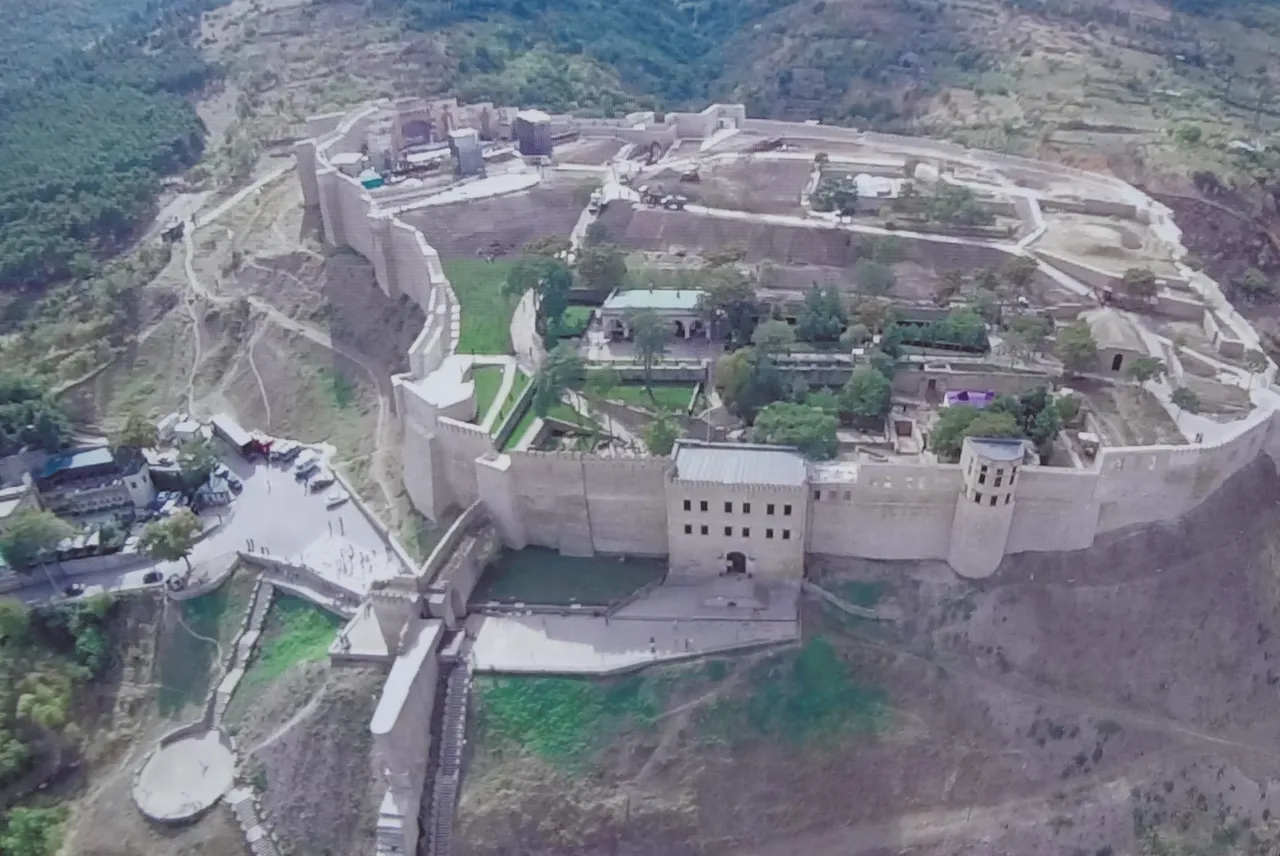
Russia, the Republic of Dagestan, the city of Derbent - one of the most ancient cities in the world and the most ancient city in Russia. The first settlement of the Kuro-Arak culture, discovered by an archaeological expedition led by Professor A.A.Kudryavtsev, arose here in the Early Bronze Age - at the end of the 4th millennium BC, i.e. five thousand years ago, which is confirmed by the conclusion of the Academy of Sciences of the Russian Federation dated 04.12.2010, signed by the academician-secretary A.P. Derevianko.

The first fortifications on the Derbent Hill appeared in the 8th-7th centuries. BC. The appearance of powerful fortifications here at this time was a response to the invasion of nomads (campaigns of the Cimmerians and Scythians). In the IV-III centuries. BC. On the territory of present-day South Dagestan and Azerbaijan, the state of Caucasian Albania arose, which also included Derbent.
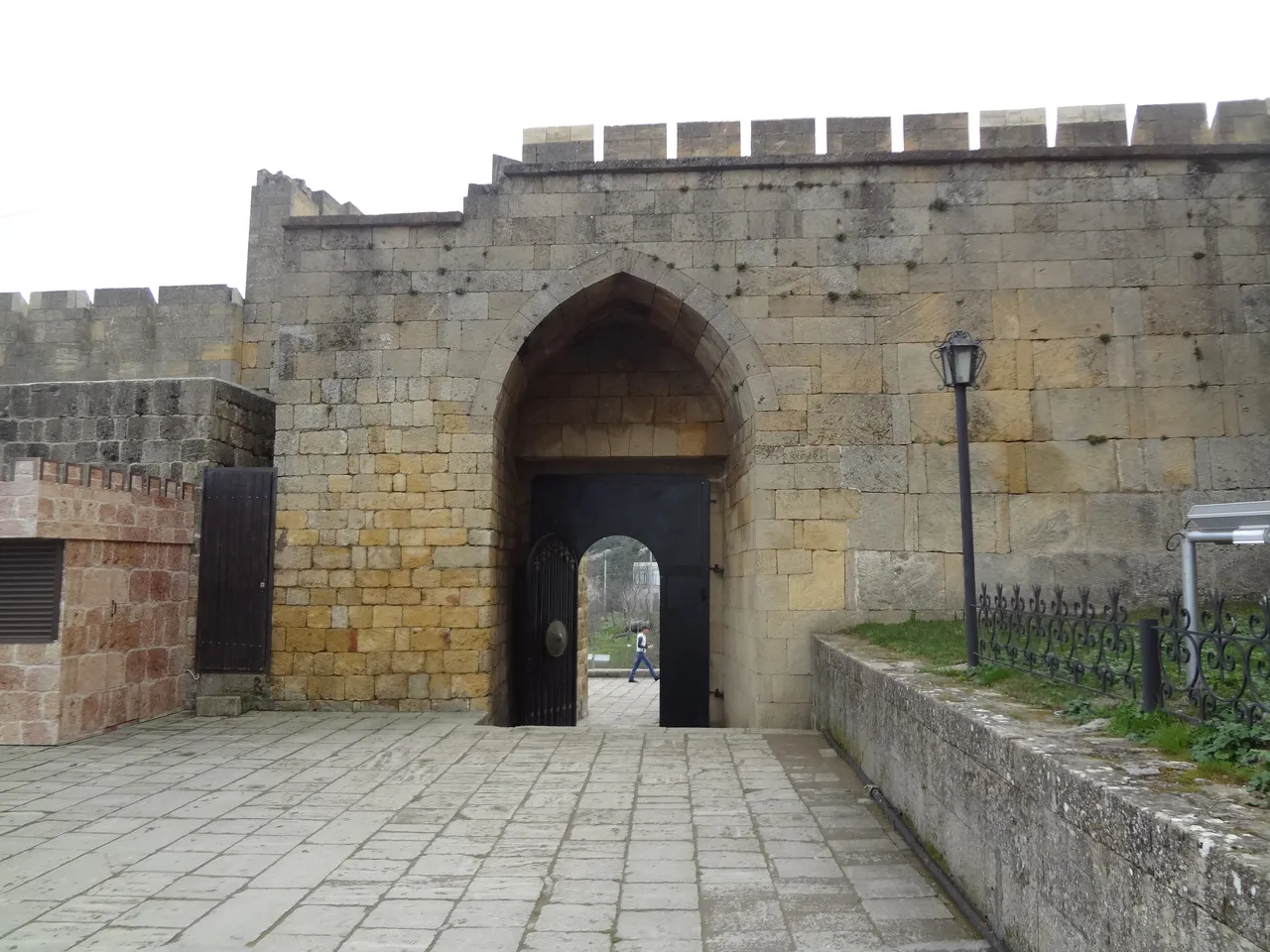
A significant milestone in the history of Derbent and the entire Caucasian Albania was the official adoption of the Christian religion as a state religion under Tsar Urnayr in 313. Thus, the first Christian state on the territory of the Russian Federation was Caucasian Albania. Derbent was the most ancient Orthodox city in Russia.

Where until 552 the throne of the Patriarch (Catholicos) of Caucasian Albania was located, which is confirmed by the location on the territory of the citadel "Naryn-Kala" of a cross-domed church dating from the 4th-5th centuries. the buildings. At the same time, we are proud to note that Derbent is the only city of the ancient era, preserved in its historical place, among all cities of the Russian Federation.
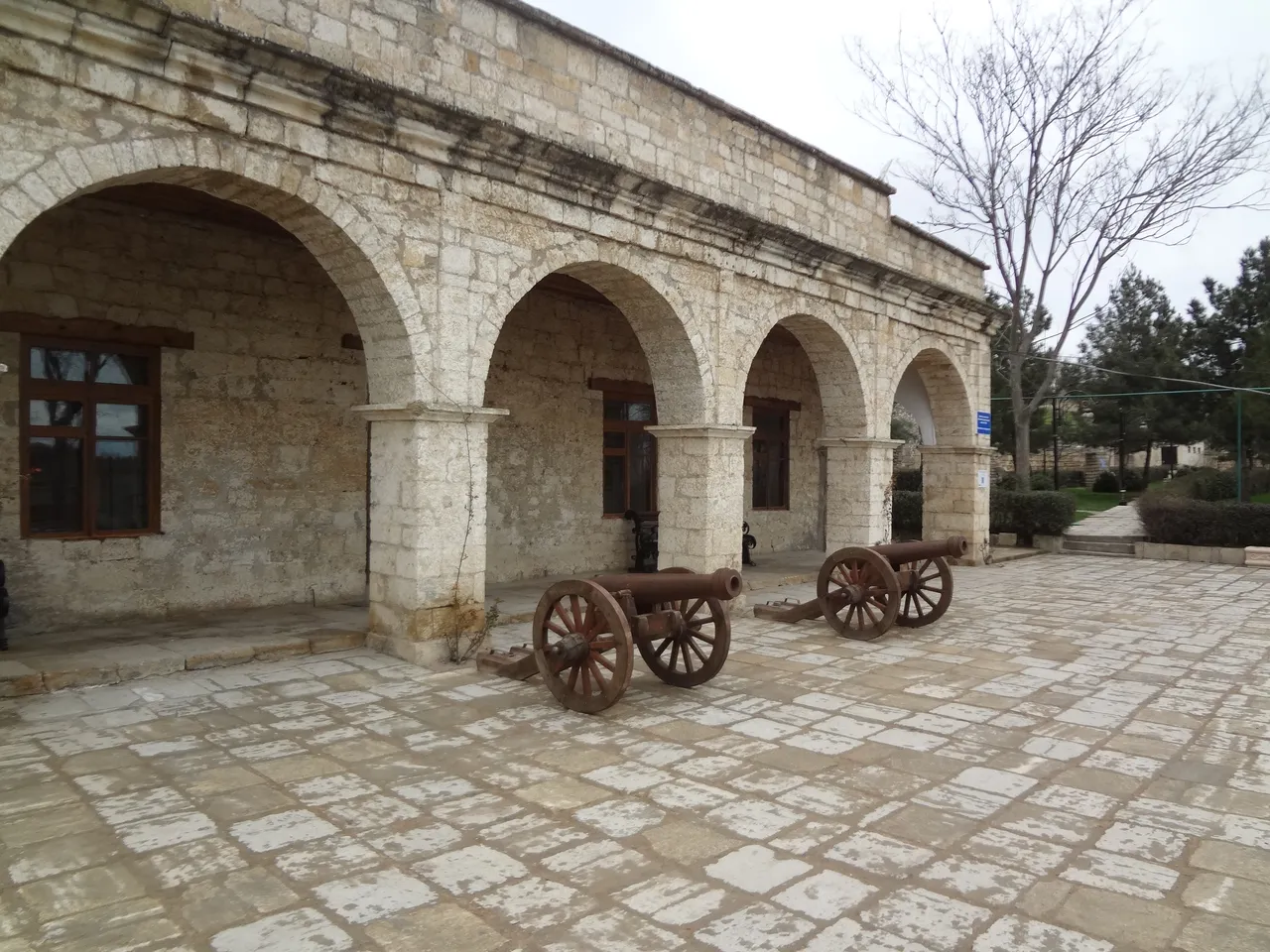
The struggle of the two largest states - Rome and Parthia for the possession of the Caucasus significantly increased the strategic role of the Caucasian passages and especially the main one - Derbent. In the V-VI centuries. Iranian kings from the Sassanid dynasty launched a grandiose fortification construction in the Eastern Caucasus, designed to protect the civilizations of Western Asia from new waves of nomads - the Huns and Khazars.
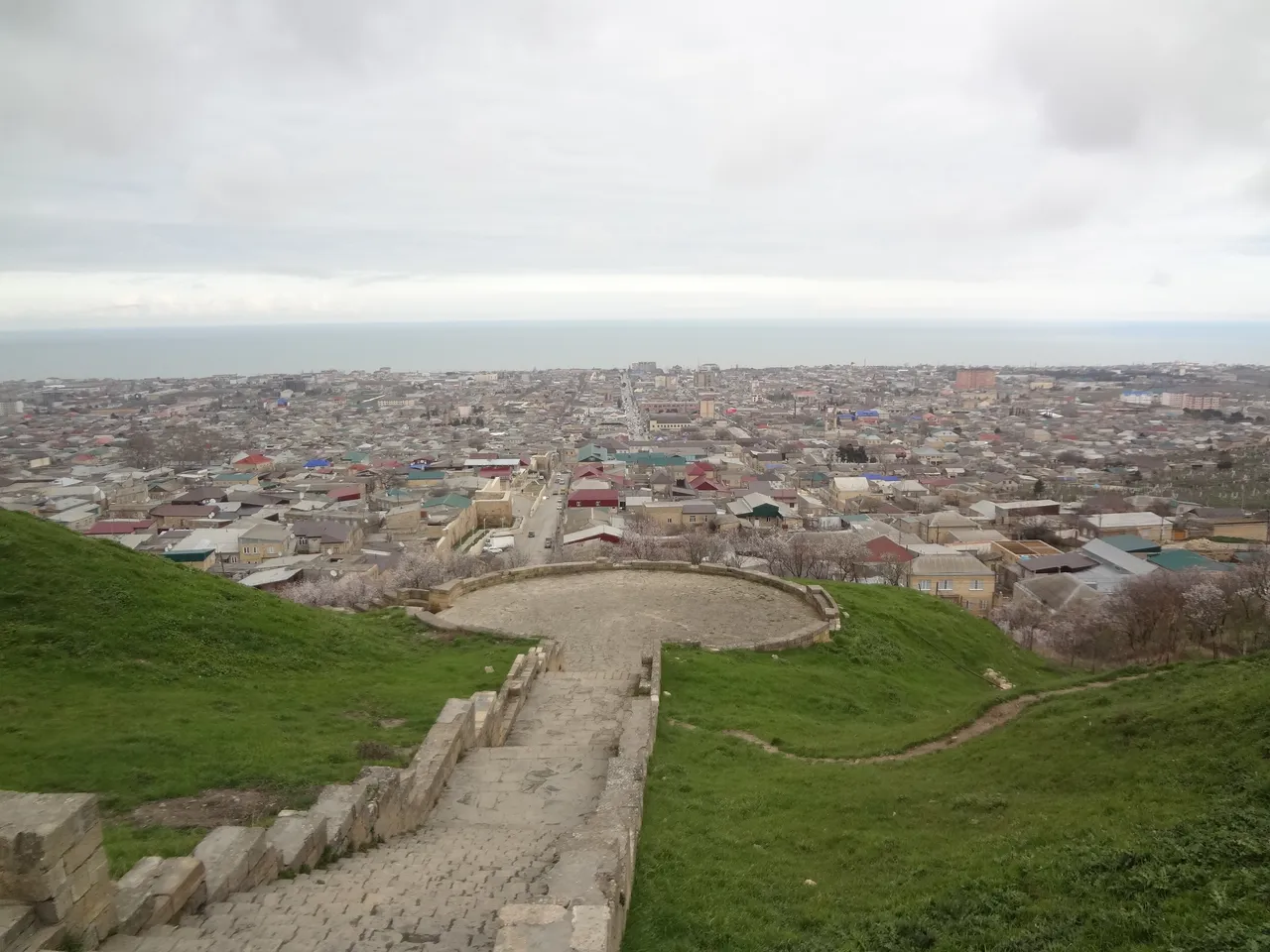
A monumental witness of this era and an outstanding monument of defensive architecture is the Derbent defensive complex, striking in its grandeur, grandeur and power. It included a citadel, two long city walls that completely blocked the passage and went into the sea, forming an artificial harbor. From the citadel to the mountains at 42 km. leaving the Great Caucasian Wall (Dag - bars).
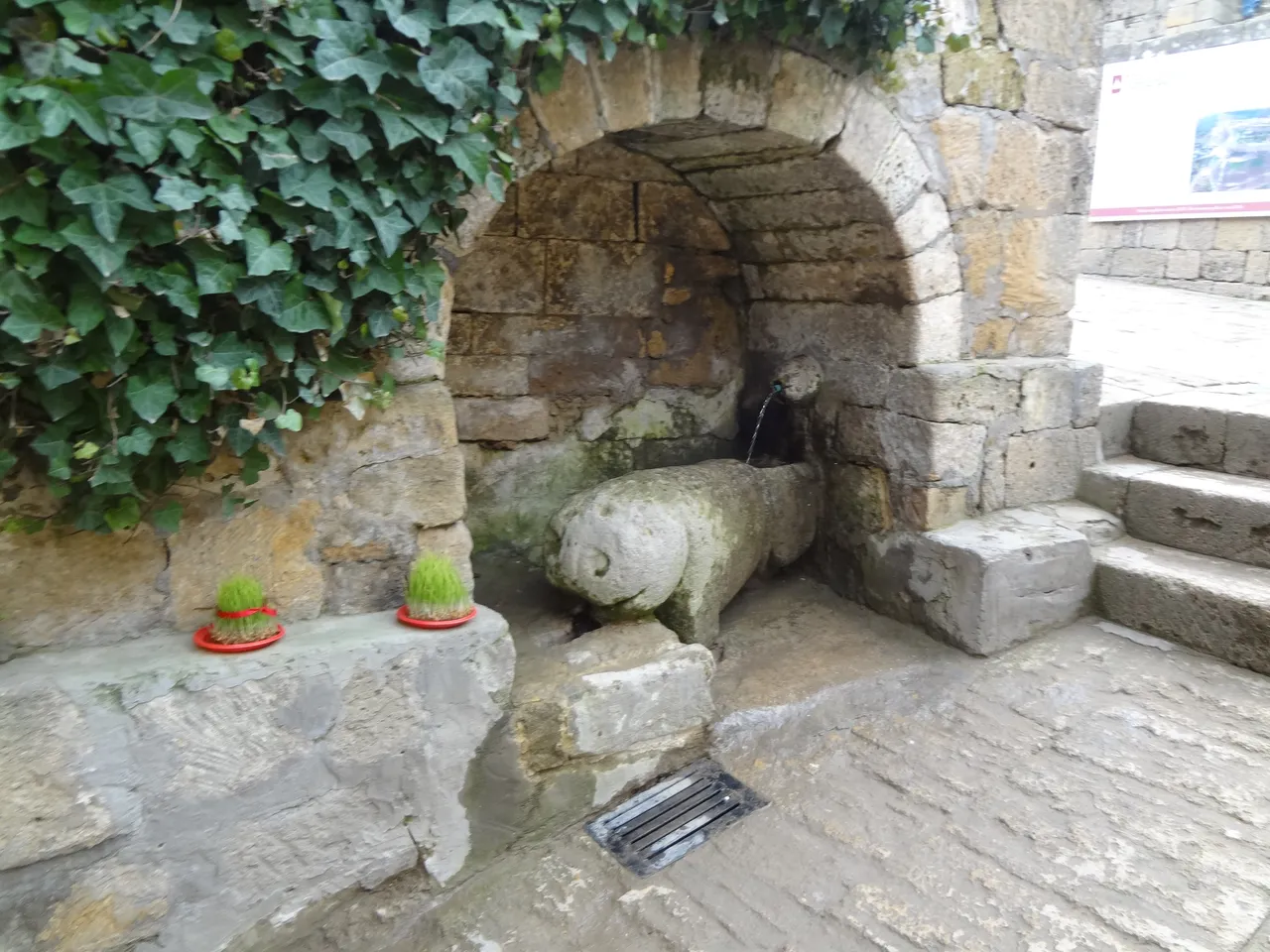
The citadel "Naryn-Kala" and the Great Caucasian Wall "Dag-Bary" are one of the three largest fortifications in the world, along with the Great Wall of China and nowadays not preserved Roman Danube fortifications. In terms of the volume of the laid building material, they are seven times larger than one of the seven wonders of the world, the Cheops Pyramid.
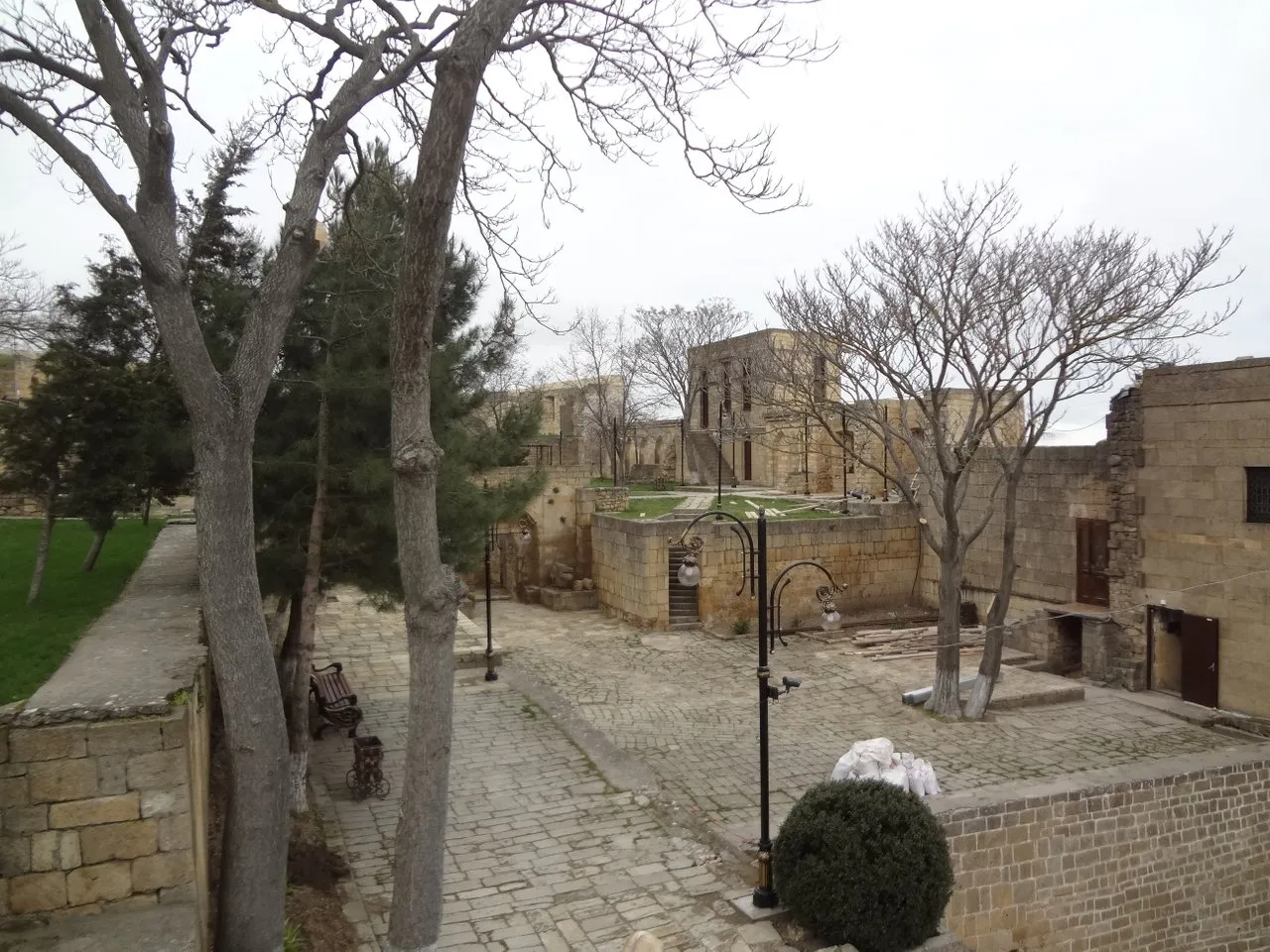
In VII, a new world religion, Islam, began to penetrate into Derbent, and with it into southern Dagestan with the Arabs. This process continued here until the X century. and subsequently spread to the territory of the entire North Caucasus and the Volga regions of present-day Russia. Derbent is also one of the few modern cities mentioned in the Holy Quran.
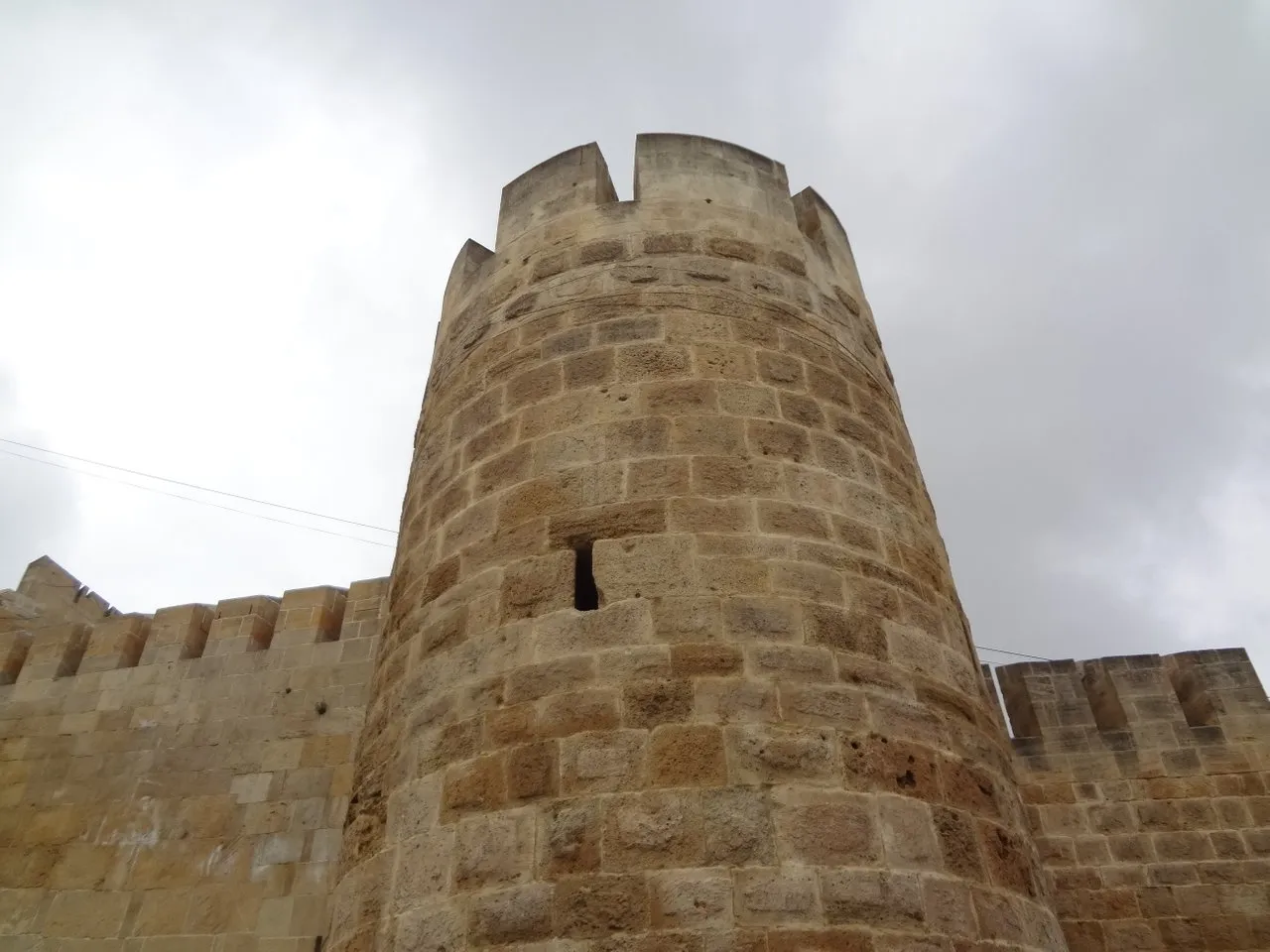
As well as the oldest Christian temple in Russia, in Derbent there is also the oldest mosque, built in 733-734, and the oldest synagogue built in 1614, and rebuilt at the same place in 2010. At the beginning of the 8th century ., with the conquest of Derbent by the Arabs, the city turns into the main stronghold of the Caliphate in the Caucasus, into the most important military, political and ideological center.

Derbent becomes the largest medieval town in the Caucasus with developed handicraft industries (pottery, glass making, metalworking, jewelry, stone processing and construction, weaving, carpet weaving, production of paper, silk, soap, etc.) and agriculture (agriculture, gardening, saffron cultivation , madder, cotton, flax, etc.).

My small but interesting journey into the history and modernity of Dagestan. Today Derbent is the second largest city in Dagestan - a unique monument of ancient history, the only preserved ancient city on the territory of the Russian Federation, an open-air museum, a major tourism center. Here, under the protection of powerful city walls, ancient mosques and madrasahs, temples and synagogues, magnificent medieval baths and caravanserais, huge underground reservoirs and ancient fountains, impressive khan's palaces and mausoleums are well preserved, buried in the green of seven-hundred-year-old plane trees. Appreciating the significance for the whole world of the history of Ancient Derbent and its contribution to world culture, in 2003. UNESCO included the citadel "Naryn-Kala" and the historical part of the city in the list of World Heritage Sites. Derbent, which served as a "locked gate" for foreign conquerors, today hospitably opened its ancient gates for its friends from all over the world and is waiting for its explorers, for whom it keeps many secrets. The information is taken from my book - The Great Silk Road. Dagestan. Format - 148 mm x 210 mm. Volume - 500 pages. Original Russian Text © E.A. Zaikin, 2016. I love Derbent - this ancient city.
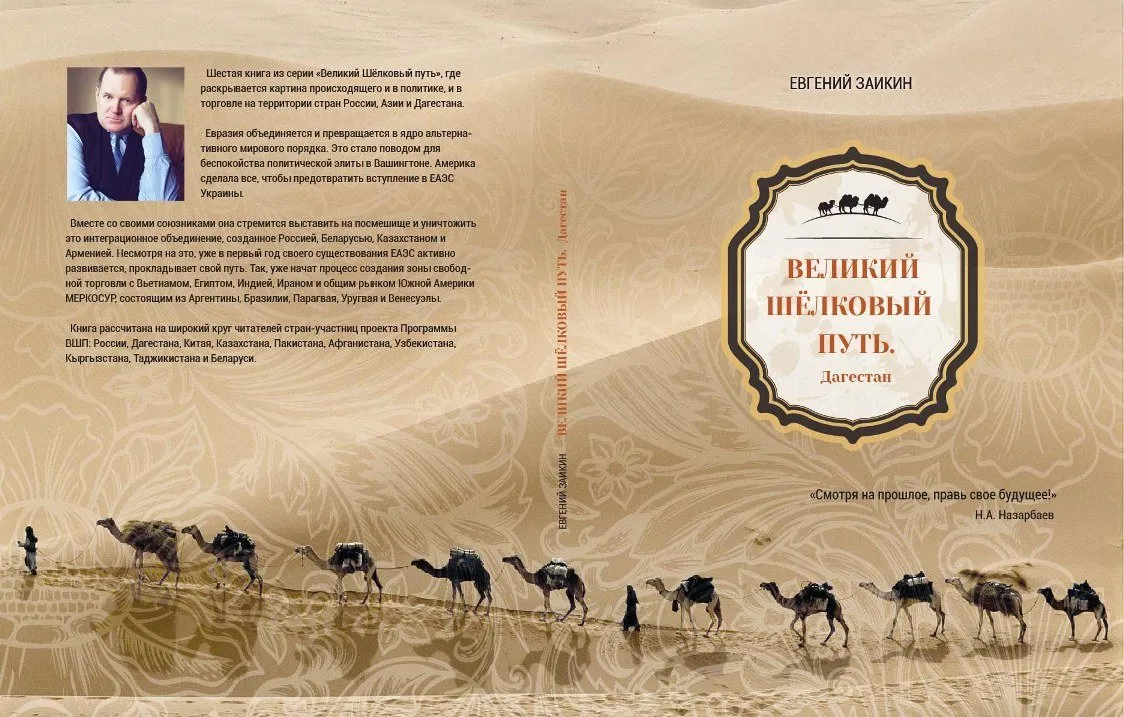
-original photo;
-first publication;
-camera Sony 16.2.
For insertion into a post on Ecency and Hive, the size is reduced to 1280 x 960 points..
Photo taken - Sony 16.2 - 3x Zoom, Vario-Tessar lens.

